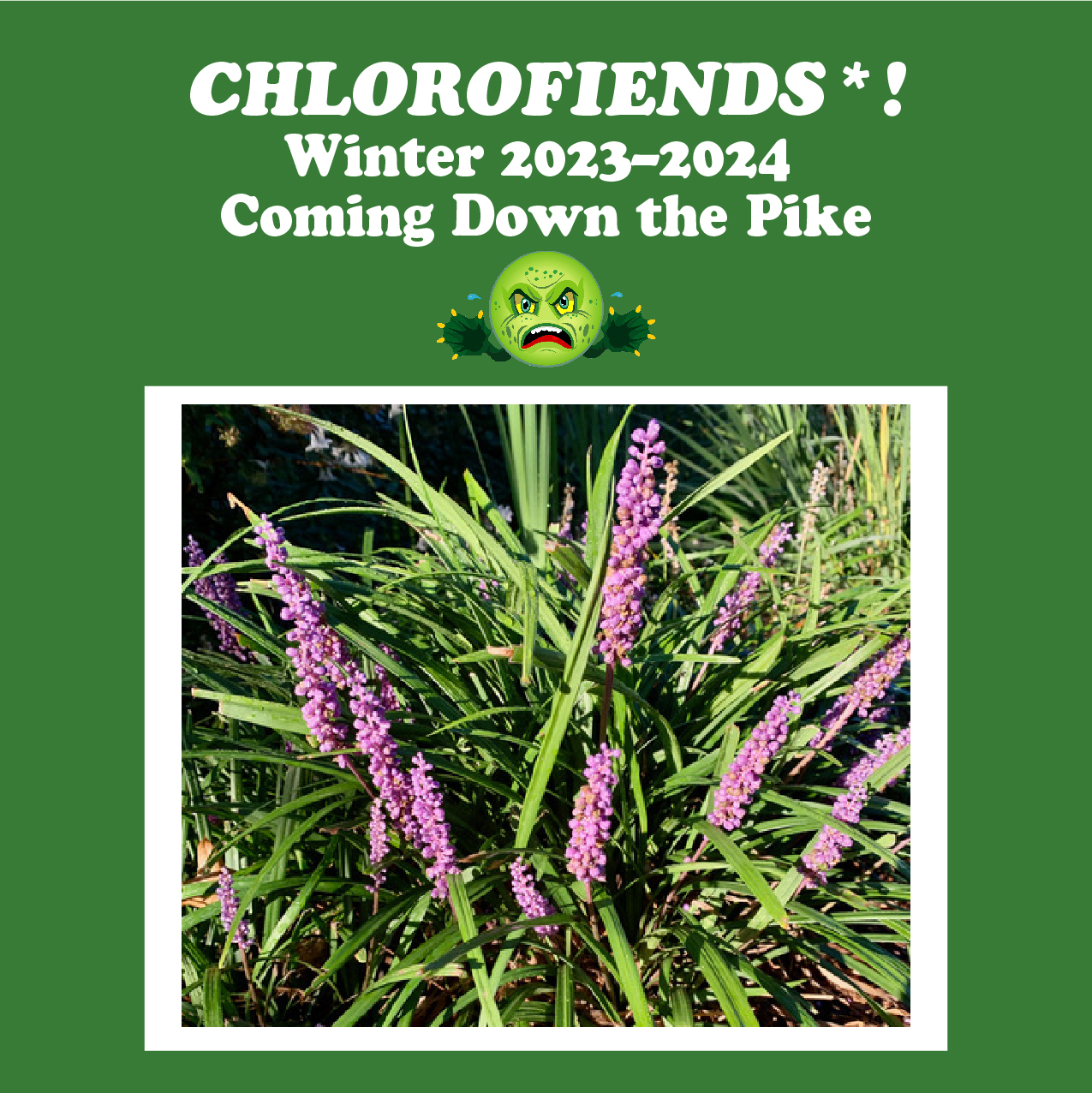By Lisa Lofland Gould
Every once in a while, it’s good to step back and look at what might be coming our way, for the best way to stop invasive species is to find and eradicate them early on before they become major problems. And of course, if they are in the nursery trade, don’t plant them!
Sylvan and Wallace Kaufman’s new book, Invasive Plants, 3rd. Ed.: Guide to Identification and the Impacts and Control of Common North American Species** has an Alert List describing plants that are moving into the United States and becoming a concern to natural area managers. Many of the plants on the Alert List are not (yet) affecting our region, but a number of them are nearby or already present in North Carolina.
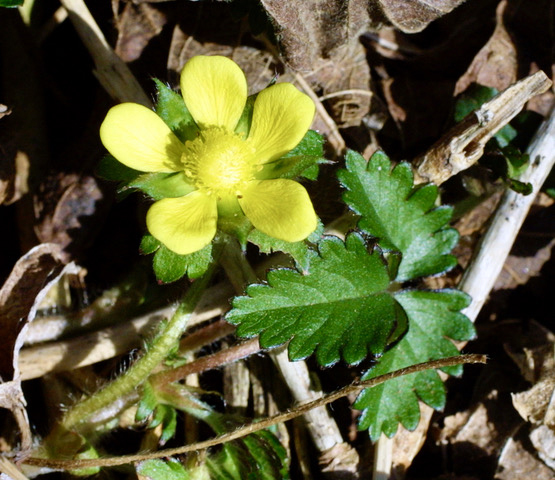
Several plants on the Kaufman & Kaufman list are well known to most of us. Snakeberry/Mock Strawberry (Potentilla indica) is a common lawn weed that is now spreading into forests and edges. A native of central Asia, this perennial member of the Rose Family has yellow flowers, insipid red fruits, and spreads by stolons. It’s been recorded in over 70 North Carolina counties.
Mulberry-weed/Hairy Crabweed (Fatoua villosa) is another familiar Asian weed on the Alert List; Alan Weakley (2023) notes that it “appears to have become a fairly aggressive weed in eastern North America. It can be expected to continue to spread, and has the potential to become noxious.” For more information, see the Fall 2017 Chlorofiends! Less familiar but already known to be spreading here are Fishmint/Chameleon-plant (Houttuynia cordata), which Weakley calls “aggressive and difficult to control,” featured in the Spring 2019 Chlorofiends!; and Purple Keman (Corydalis incisa) featured in the Summer 2018 Chlorofiends!
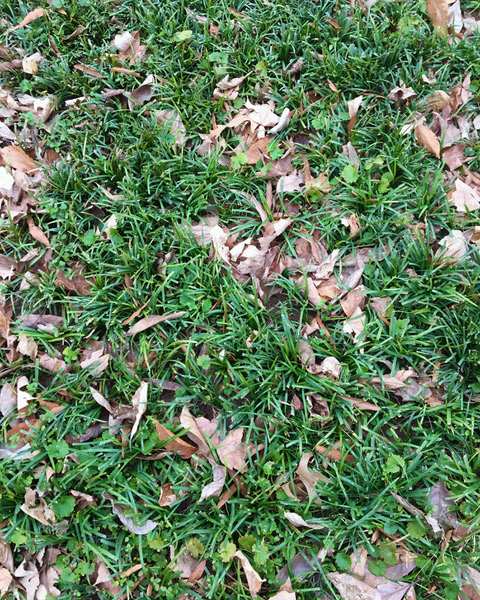
Another familiar Alert List plant is Creeping Lilyturf (Liriope spicata), which spreads by rhizomes and can form large colonies. It has more narrow leaves and paler flowers than Bigleaf Lilyturf/Big Blue Lilyturf (Liriope muscari), which NCNPS already lists as a Rank 3 invasive. This liriope forms clumps and may also spread a little by rhizomes and stolons; its flowers are purple/lavender. Often called monkeygrass, these Asian plants are forest understory species in their natural habitats and have been widely planted here in the South, due to their tolerance to heat, drought, and humidity.
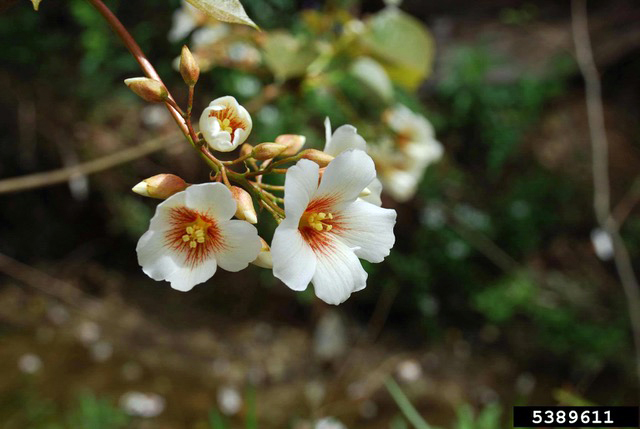
The Alert List mentions several trees moving into the Southeast. Tung-oil Tree (Vernicia fordii), a deciduous member of the Spurge Family, is cultivated for its resin, which is used in finishing woodwork and other materials; it is also planted as an ornamental, due to its showy red and white flowers. It has naturalized from Florida west to Texas and north to the North Carolina coastal plain, where it is currently rare. A native of southeast Asia, all parts of the plant are toxic to people, and the leaves can cause a rash similar to Poison Ivy.
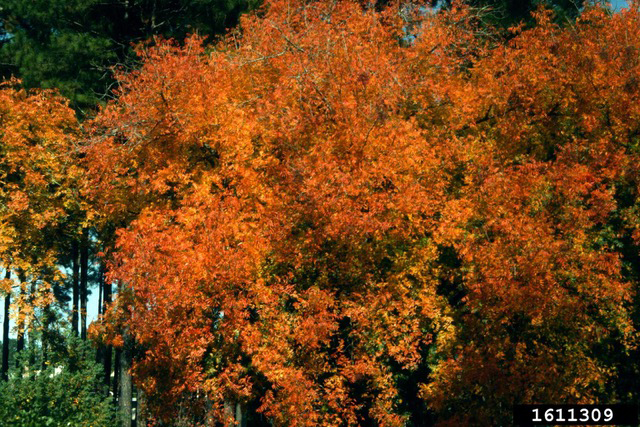
Chinese Pistache (Pistacia chinensis), in the Cashew Family, is a small-to-medium deciduous Asian tree that is sometimes planted for ornament; it has brilliant red fall foliage and inedible (to people) blue seeds that are spread by birds. It is beginning to naturalize in suburban areas of the North Carolina piedmont and coastal plain; Weakley (2023) warns that it is “a major new invasive species in the Southeast.”

Two shrubs on the Alert List need paying attention to. Oriental Photinia/Christmas Berry (Pourthiaea villosa; = Photinia villosa), is an Asian member of the Rose Family; it is a deciduous shrub/small tree that has been planted for its orange-red fall foliage and red fruits that last into the winter. It has begun to naturalize from New Hampshire south to Virginia and has been reported in two North Carolina mountain counties.
Fiveleaf Aralia (Eleutherococcus sieboldianus; = Acanthopanax sieboldianus), a deciduous native of China, lacks attractive fall color but is often planted as a security hedge, thanks to its thorns and its ability to spread via root suckers; it is also tolerant of drought and pollution. We do not yet have a North Carolina record for this plant, but it has been recorded in the Tennessee mountains; Weakley (2023) notes “this species is undoubtedly present in more localities and states than currently documented.”
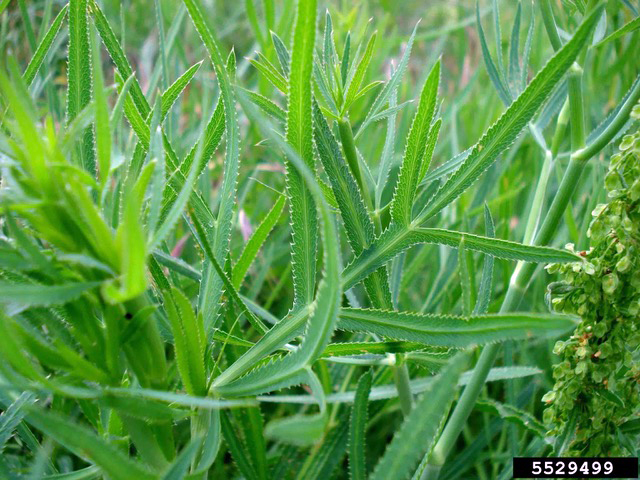
Two herbaceous plants nearing our borders are Sickleweed (Falcaria vulgaris) and Garden Loosestrife (Lysimachia vulgaris). In the Parsley Family, Sickleweed is a Eurasian biennial/perennial plant that can produce up to 900 seeds in a year. While the flower clusters somewhat resemble Queen Anne’s Lace (Daucus carota), the alternate leaves can be simple or lobed, have serrated margins, and may curve like a sickle. The seeds are spread when the stems die back in the fall and are “tumbled” by the wind. A known agricultural and pasture pest, Sickleweed is now moving into forests and grasslands in many US states but has not yet been reported in North Carolina (it is in neighboring Virginia).
Garden Loosestrife is a perennial, Eurasian member of the Primrose Family. It thrives in damp to wet, disturbed soils and is invading wetlands across most of the upper half of the United States and southern Canada; it has now been recorded as far south as northern Virginia. Growing up to 3’ tall, it has opposite or whorled leaves, five-petaled yellow flowers that lack black lines (unlike our native Whorled Loosestrife, Lysimachia quadrifolia), and have calyx lobes with red margins.
Not really a fern, Sprenger’s Asparagus-fern/Emerald-fern (Asparagus aethiopicus; = Asparagus densiflorus), is a member of the Asparagus Family. A perennial with some woody parts, it is often grown as a houseplant, but can be grown outdoors; a light frost will kill the foliage, but the roots will survive into the low 20s F. Native to southern Africa, birds disperse the red fruits. It has been documented naturalizing from Florida north to North Carolina and west to Mississippi, as well as in southern California.
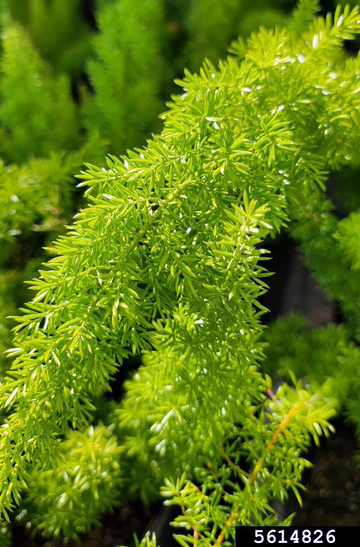
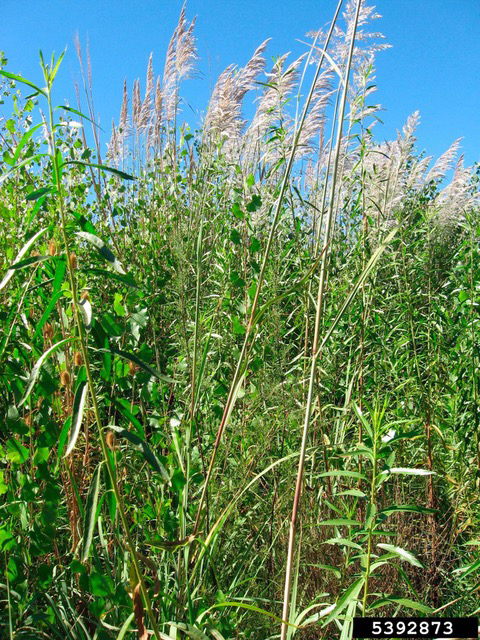
One grass is featured on this list: Ravenna-grass/Plume-grass (Tripidium ravennae;= Saccharum ravennae, Erianthus ravennae); it is also sometimes called Hardy Pampasgrass but is not the same species as the South American Pampasgrass (Cortaderia selloana). Ravenna-grass, a native of Eurasia and northern Africa, is a clump-forming grass with flower stalks up to 12’ tall. It’s been planted as an ornamental but has escaped and spread by seed across much of the United States. Currently it is in the North Carolina coastal plain, and Weakley (2023) notes it is “expected to become increasingly invasive in most of our region.”
Kaufman and Kaufman (2023) report one aquatic plant of concern, European Water-starwort (Callitriche stagnalis). In the Plantain Family, this perennial native of southern Europe and northern Africa prefers quiet to non-moving waters such as ponds and wet areas. Like many aquatic plants, it roots in the bottom and has narrow submersed leaves and opposite, oval leaves that spread on the water’s surface; it can form dense mats, crowding out native plants and animals. Its flowers can self-pollinate and it produces large quantities of seeds; seeds and stem fragments are dispersed in runoff water and by birds, boats, and similar vectors. Introduced as early as 1861, this species has probably had numerous introductions via ballast water and the aquarium trade. Able to tolerate both fresh and brackish water, it has spread over many US states and several Canadian provinces; currently there are no North Carolina records, but it has been reported from central Tennessee and across Virginia.
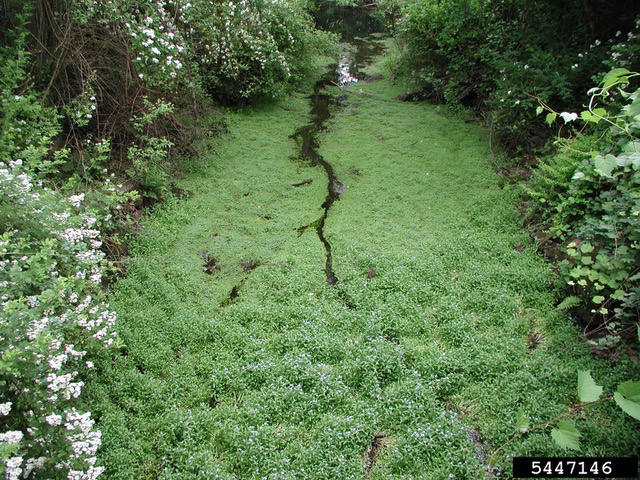
As you can tell from this list, most of these plants had deliberate introductions into North America. Once again, we see the importance of filling our landscapes with native plants. As always, GO NATIVE!
**Kaufman, S.R., and W. Kaufman. 2023. Invasive Plants, 3rd. Ed.: Guide to Identification and the Impacts and Control of Common North American Species. Stackpole Books, Essex, CT.
By Lisa Lofland Gould
Native Plant News – Winter 2023

Lisa Gould is a plant ecologist and co-founder of the Rhode Island Wild Plant Society; she currently serves on the NCNPS board of directors and chairs the management committee for the Emily Allen Wildflower Preserve in Winston-Salem.
Chlorofiends! is a regular column in Native Plant News. If you have information or comments on invasive species in North Carolina, please share them with Lisa Gould (lisalgould@gmail.com).
*Thanks to Jim Butcher’s The Dresden Files for the column title.
